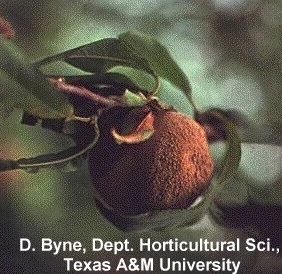Characterization of the Ashepoo-Combahee-Edisto (ACE) Basin, South Carolina
Decomposers

Decomposers are essential components of nutrient cycles in terrestrial and aquatic systems. This guild of organisms resides in or on the soil surface where it processes organic matter (i.e., plants). Bacteria and fungi are the primary decomposers because they provide the necessary enzymes needed to breakdown organic matter to inorganic forms (i.e. nitrogen [N] and phosphorus [P]). However, they rely on the activity of the secondary decomposers. The soil fauna not only modify soil parameters such as porosity, aggregation, and bulk density, but also create an ideal environment for microbial activity. Partially digested organic matter in the fecal aggregates of soil fauna provides a good habitat for enhanced microbial activity.
The structure and function of decomposer communities in these environments have the potential to alter the dynamics of nutrient cycling through various feedback mechanisms between faunal and biogeochemical processes. For example, Perison et al. (1997), while studying the relative impacts of harvest methods in the blackwater bottomland forests of the Edisto River estuary, found that the decomposition rates were higher in the harvested area. They attributed this to accelerated microbial activities as a result of higher soil temperatures. Higher ammonium and organic carbon concentrations in groundwater samples were attributed to increased decomposition rates. Similarly, deforestation in such river dominated ecosystems can lead to increased concentrations of ammonium and nitrate in drainage waters that are associated with eutrophication in streams and rivers. The interrelatedness of various nutrient cycles and decomposers means that changes within ecosystems (with respect to any one nutrient) will impact other components of the ecosystem. The tight coupling between structure and function of decomposer communities and their environment encourages the use of decomposers as indicators of ecosystem changes in response to anthropogenic perturbations. We expect that the ongoing nutrient cycling studies at several sites in the South Edisto River (e.g., Big Bay vs. St. Pierre Creek) will provide some insights.
